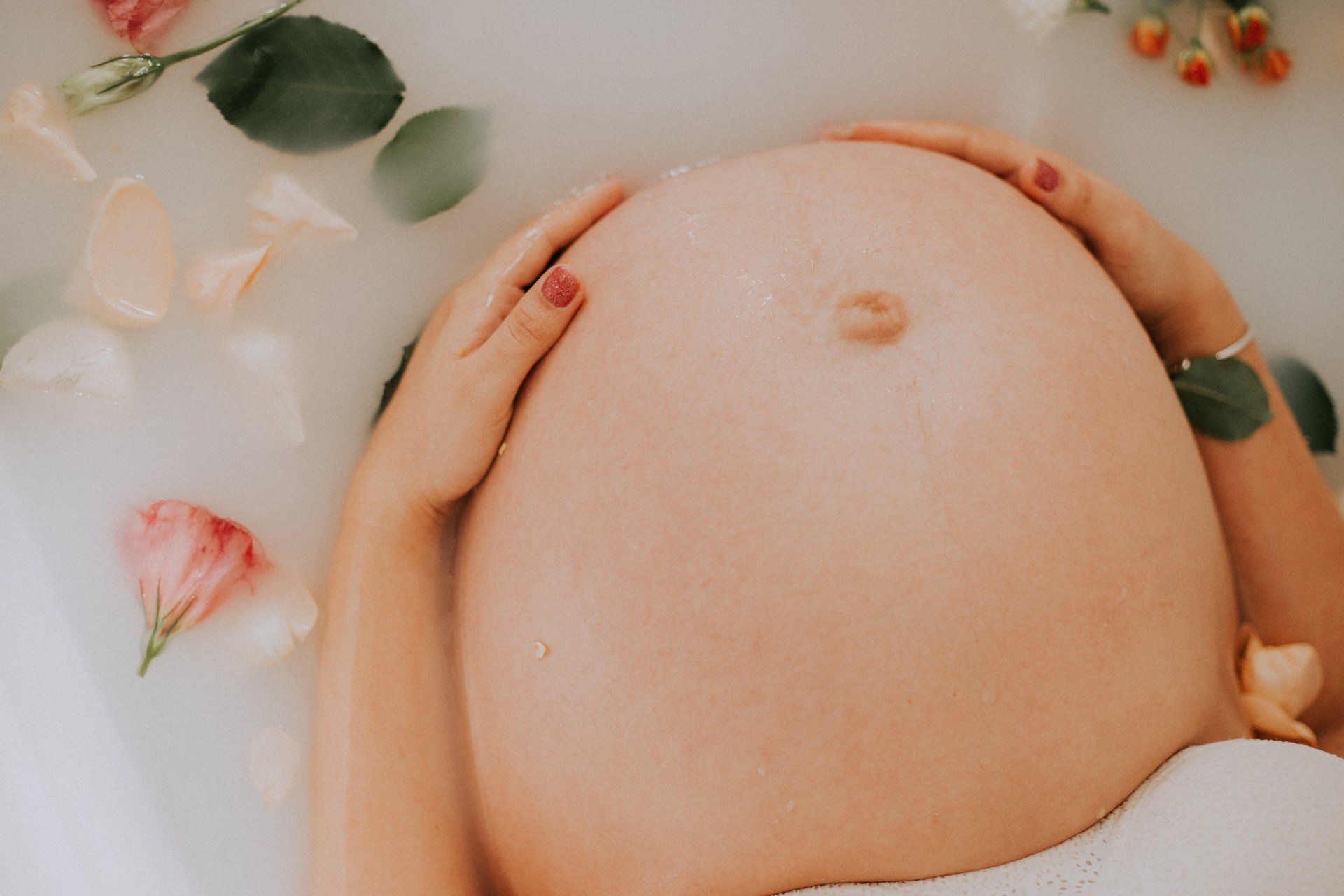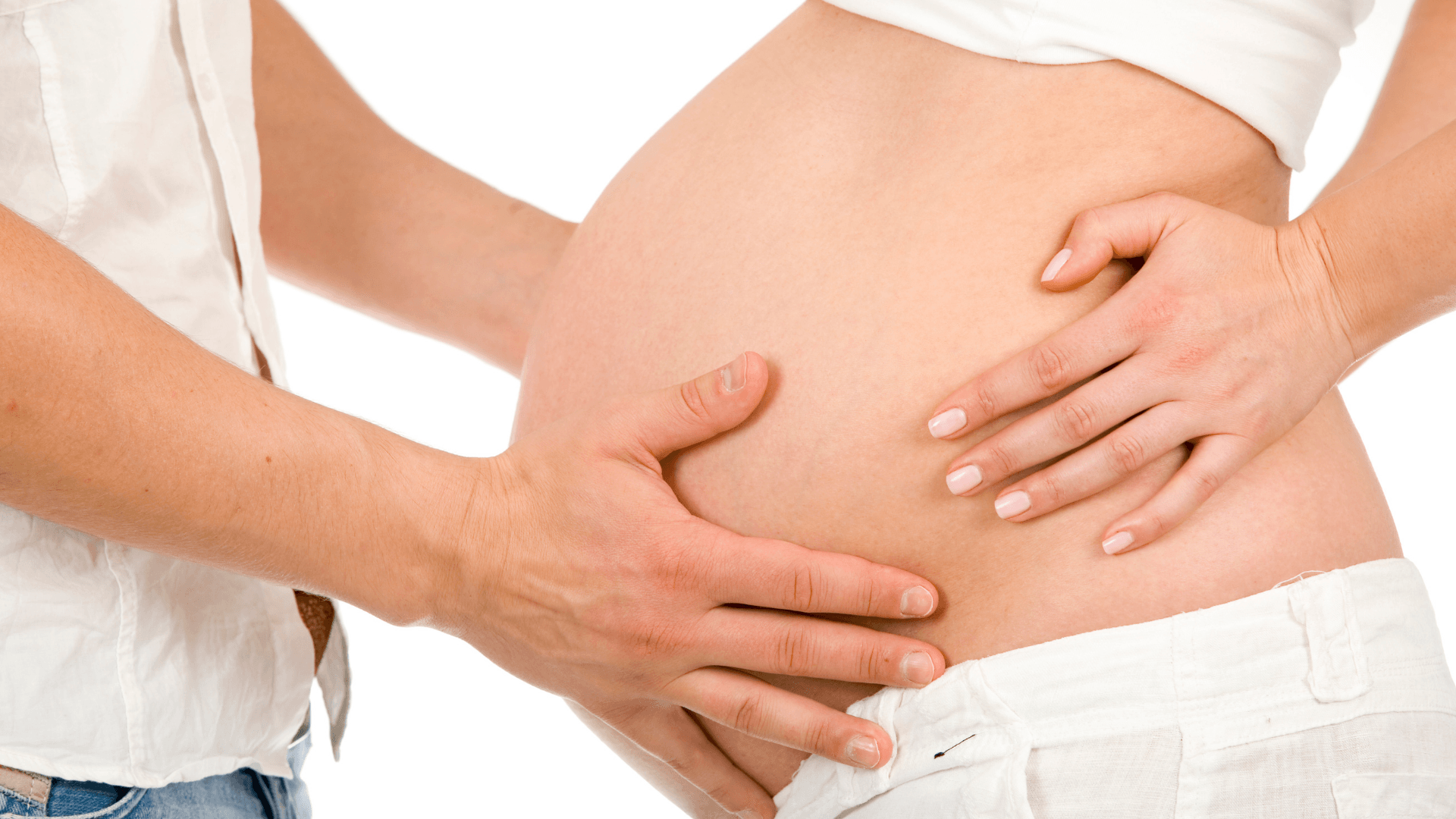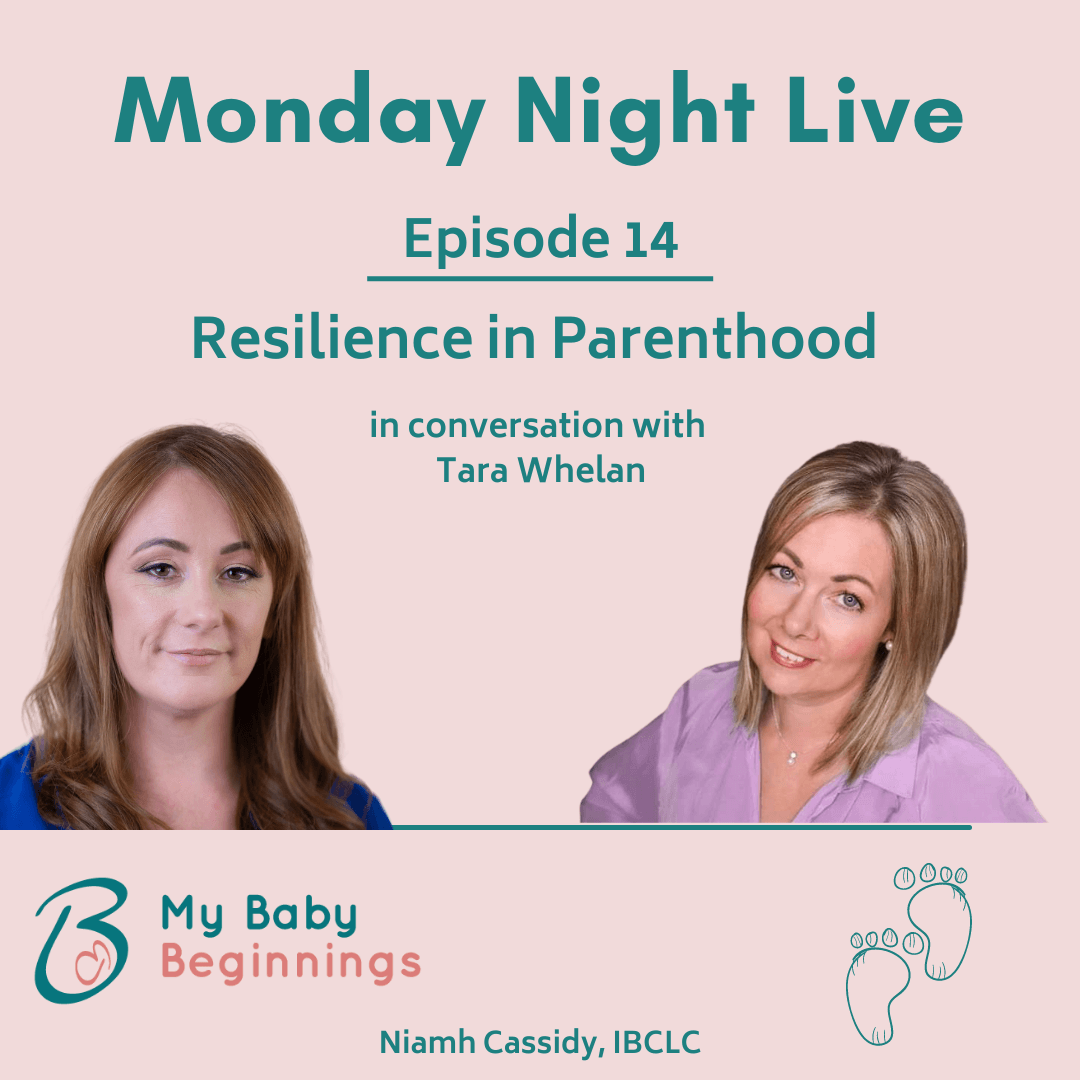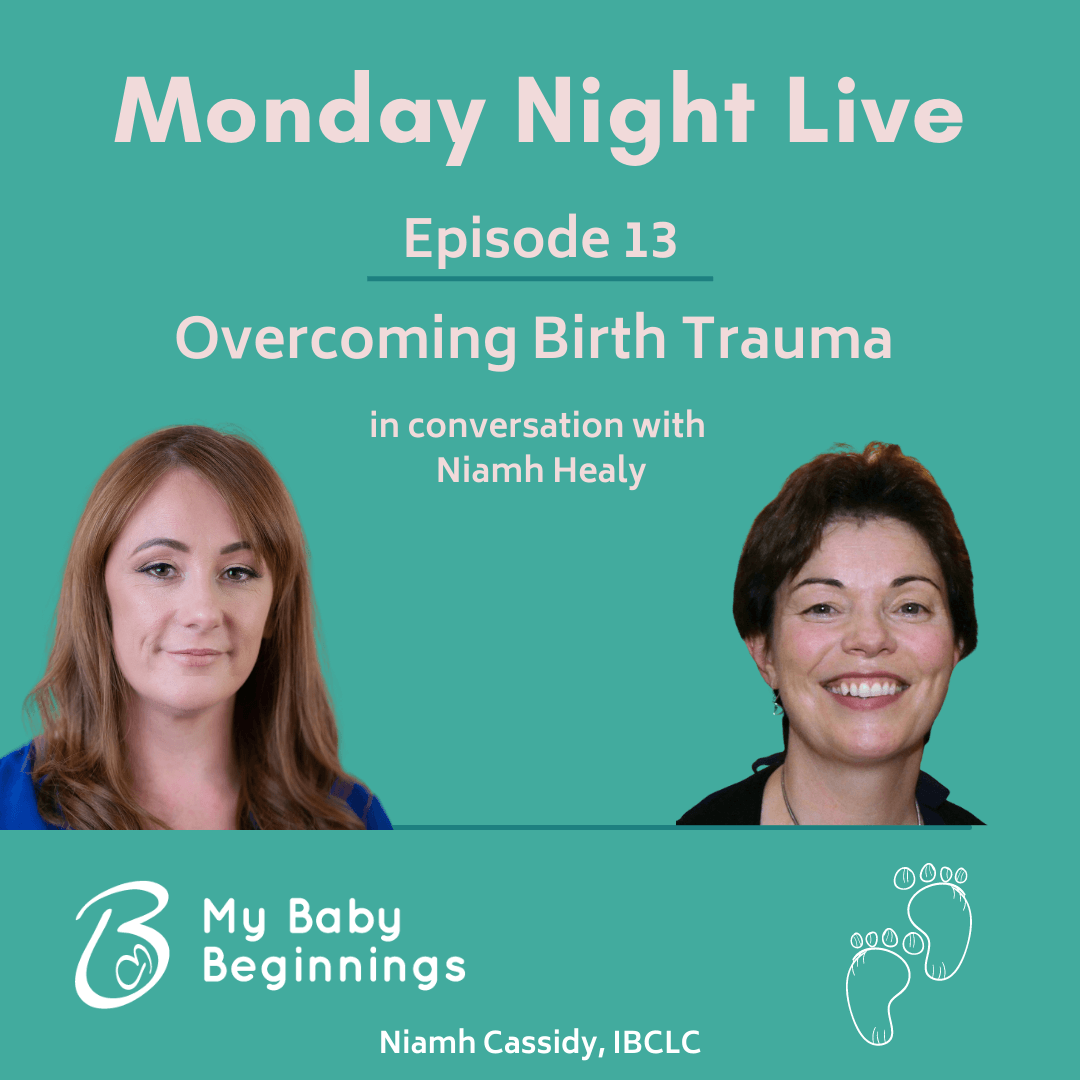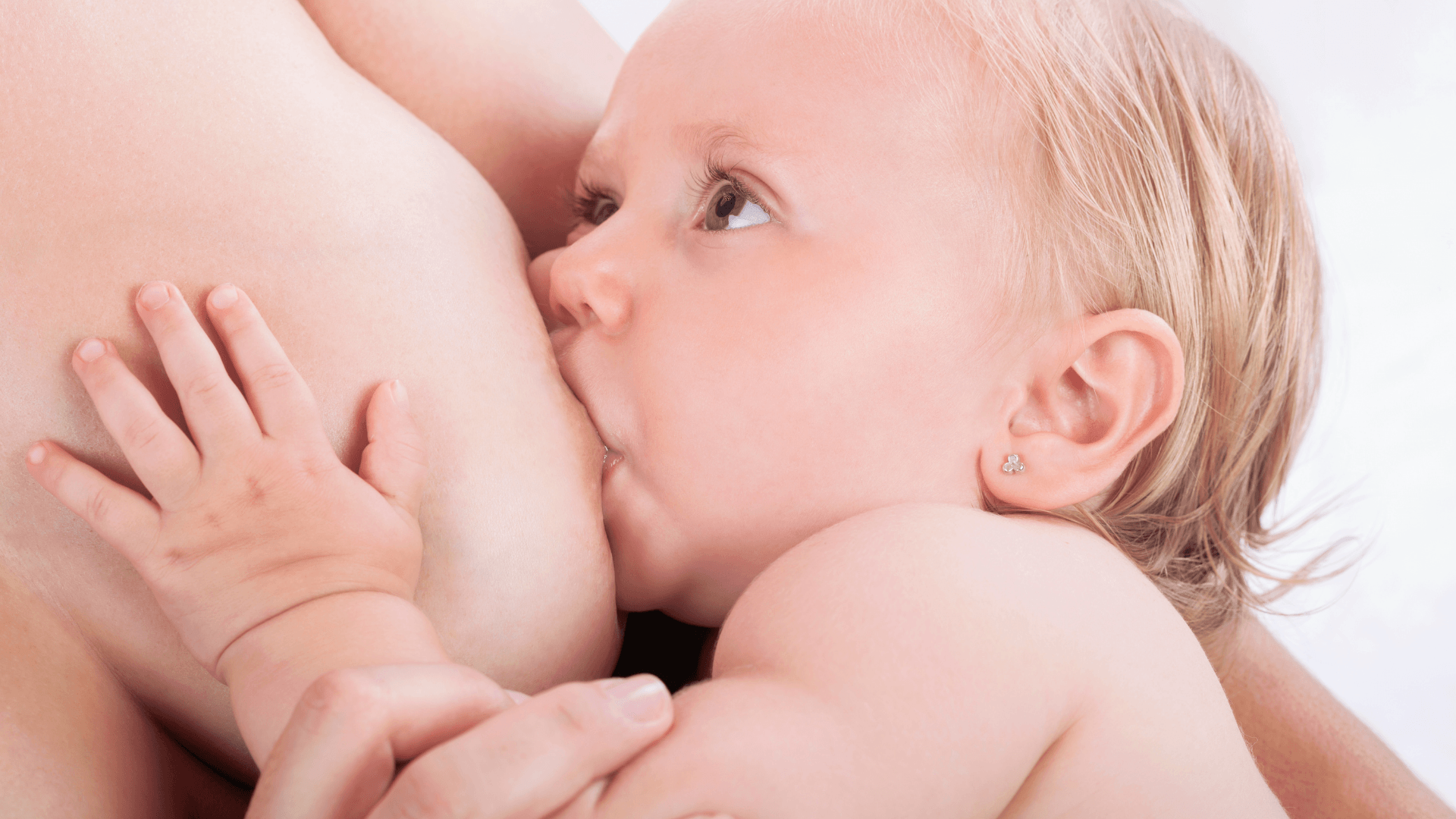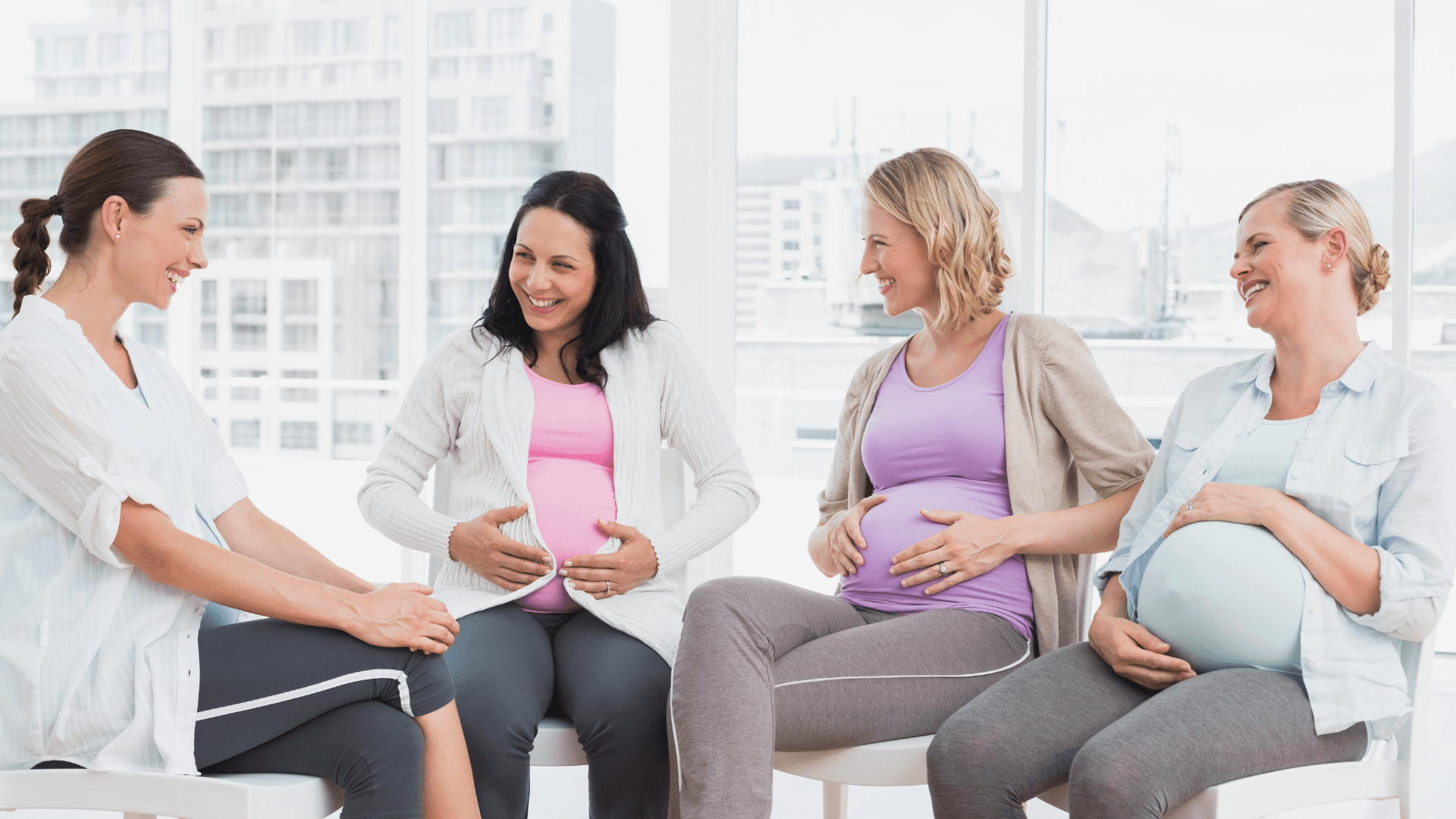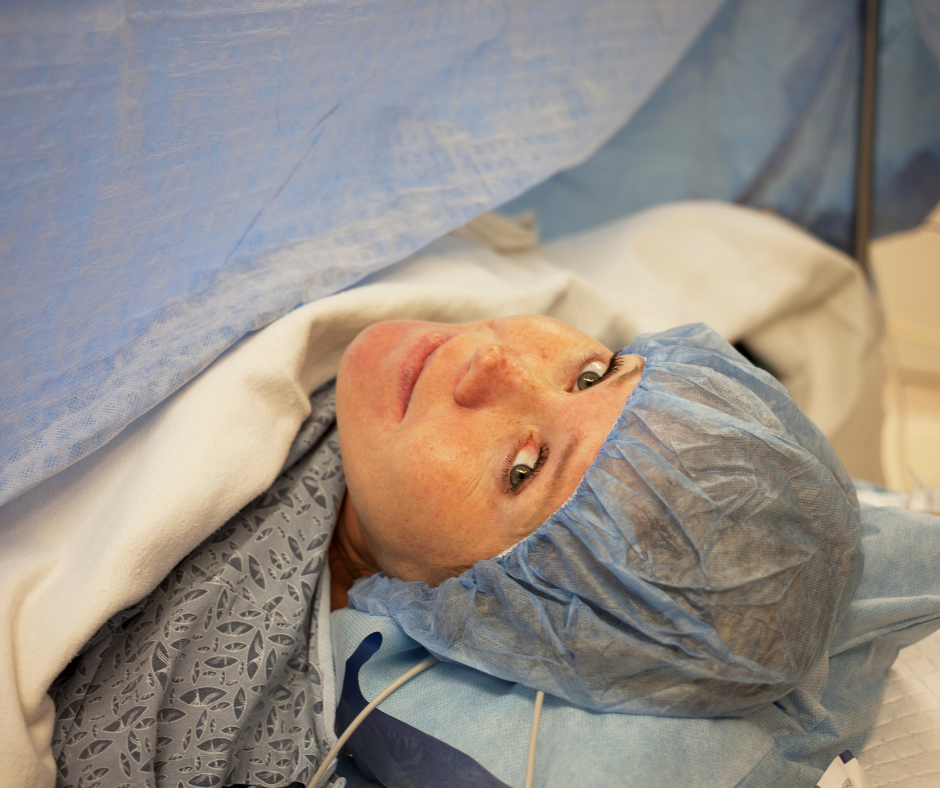Blog

The transformative process of becoming a mother, goes beyond the physical act of giving birth. Matrescence, is the term coined by anthropologist Dana Raphael to describe the critical transition period when a woman becomes a mother. This blog post delves into the emotional, physical, social, economic, cultural, and spiritual shifts that occur during this profound journey.

The Just Hygge philosophy is for everyone and because the features of ease and flow coupled with peace and serenity are needed at all points in our life and I believe new parenting is absolutely one of those times. In contrast to other life experiences, we can rely on frame of reference to help prepare and navigate moving forward whereas becoming a parent for the first time this luxury is not available.
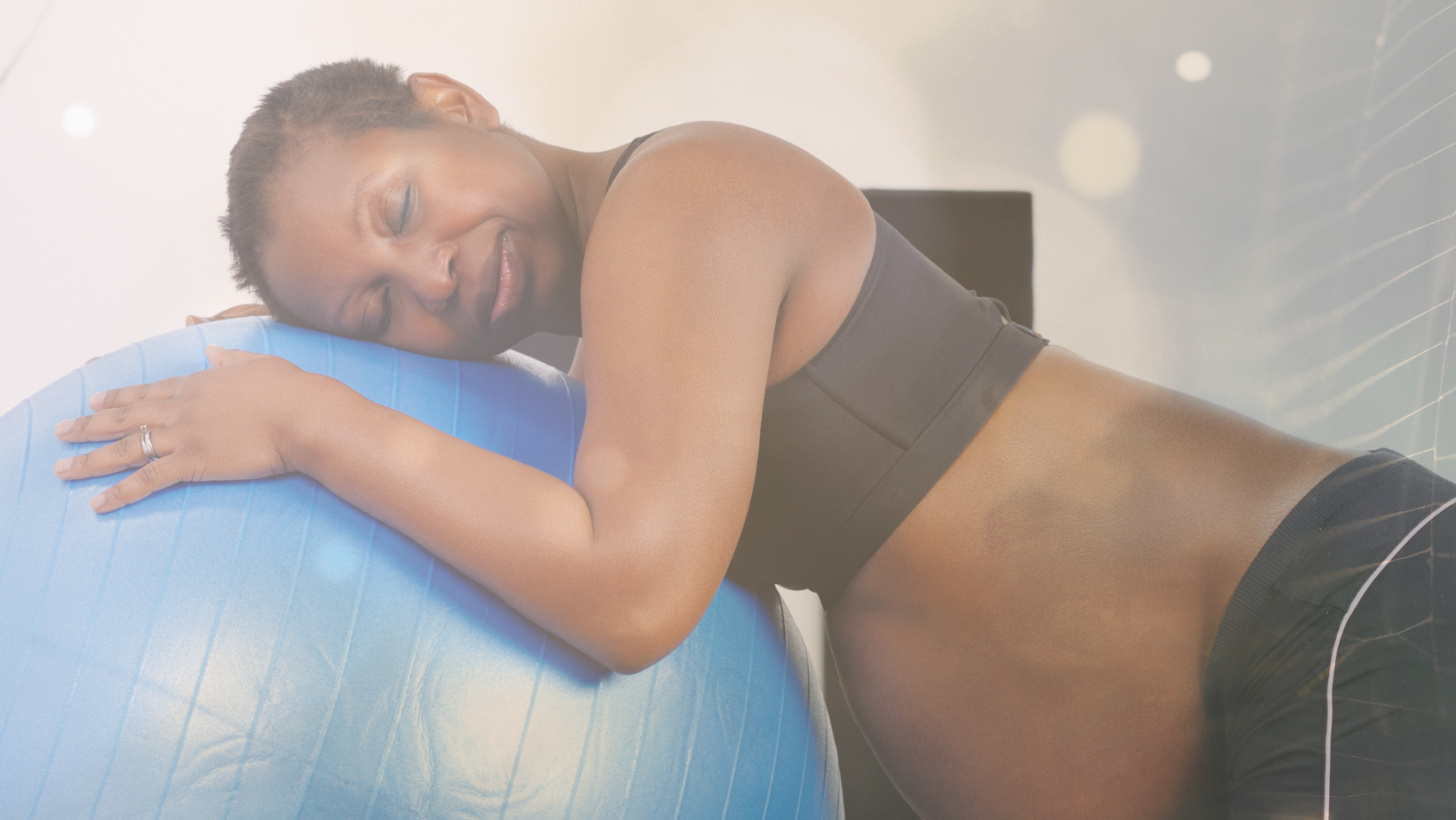
The content of this blog only provides general information that may or may not apply to your personal health condition or circumstances. The opinions expressed are strictly personal opinions and not the opinions or policies of any third party, including any health care provider, employer, educational or medical institution, professional association or charitable organization. Nothing in this blog content constitutes or shall be construed as constituting medical advice of any kind whatsoever, nor is it a substitute for professional medical advice, diagnosis and treatment. If you need healthcare advice or information, please speak to your care provider.
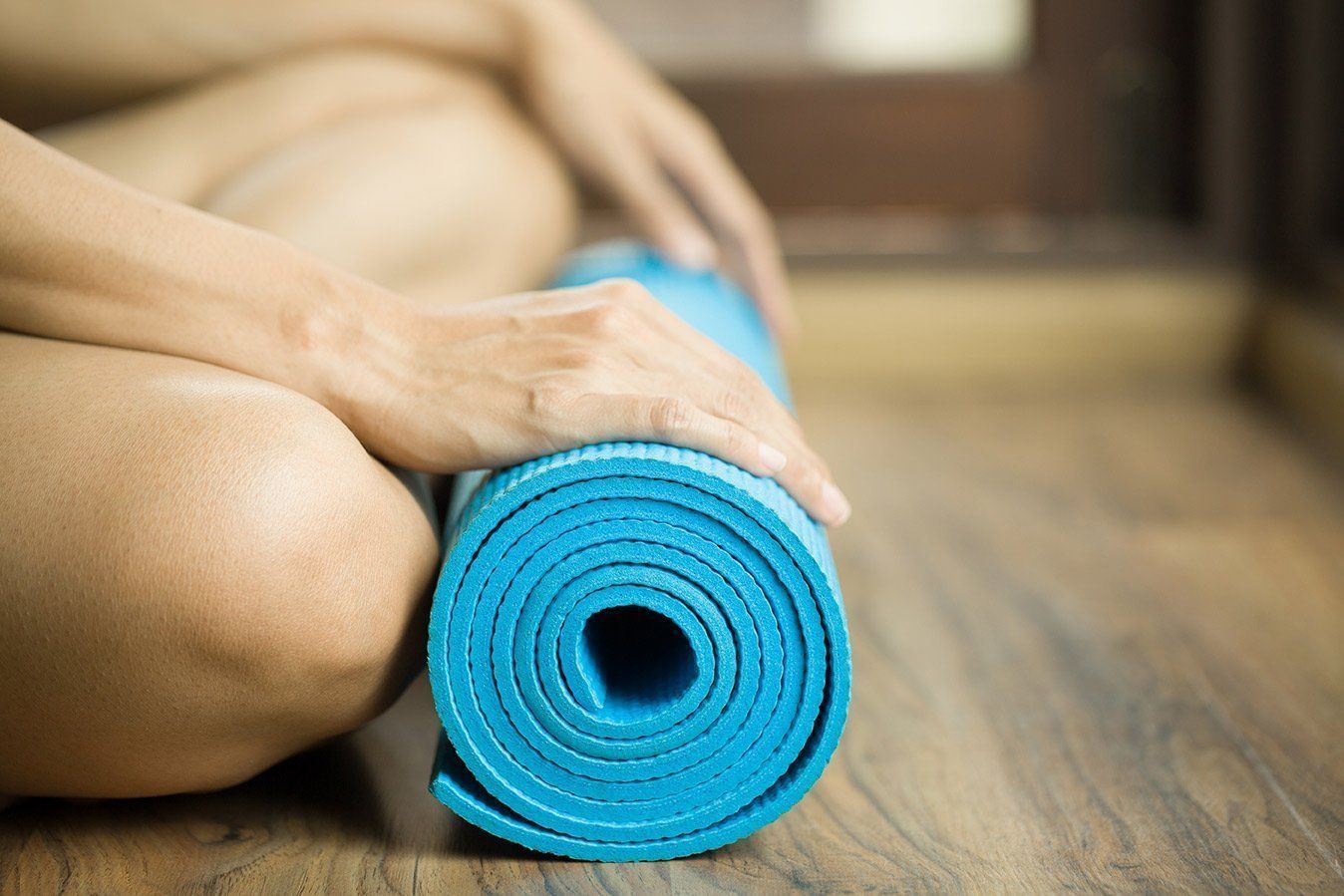
Top 10 Tips for Practising Yoga in Pregnancy by Claire Corcoran from Stretch it Yoga If you are pregnant or planning to get pregnant you may have already heard that Yoga is a safe and beneficial practice at this time. Indeed, yoga is pretty much an ideal way to nourish your wellbeing during pregnancy. As well as the obvious physical benefits, a regular Yoga practice can reduce fear and anxiety around birth and motherhood and may help you to enjoy your pregnancy more. Many of the women that come to my pregnancy class have never done yoga before. If you are new to Yoga it’s a good idea to wait until the second trimester before beginning and I would recommend going straight into a prenatal yoga class. Remember it’s always a good idea to check with your doctor or midwife before beginning any new exercise regime. If you have been practicing yoga consistently prior to finding out you were pregnant it is fine to continue if you feel up to it, however many women feel too tired or sick or worried in the first trimester and its best to listen to your body and your own intuition here. There is plenty of time to resume physical activity in the first trimester when your energy levels improve. At this point, even if you are continuing on with your regular class or a home practice, it’s a good idea to start attending a specific pregnancy yoga class. There are extra benefits you cannot get in a regular yoga class, for example, birth preparation and support from other pregnant women. As a Mum who practiced Yoga throughout her pregnancy and a Prenatal Yoga teacher with nearly 10 years experience, here are my top 10 tips for practicing Yoga in Pregnancy 1. Just Breathe Yoga is all about the breath and pregnancy yoga is no different in that respect. In my pregnancy yoga class the first thing we do is learn how to breathe properly. That might sound silly, after all breathing is something we do unconsciously every minute or every hour of every day – of course we know how to breathe properly – right? Wrong actually, most of us are doing it incorrectly! Poor posture, anxiety, stress and pregnancy itself can lead to incorrect breathing habits. Once we nail breathing properly, we can begin to utilise the breath to help soothe the nervous system, creating a greater sense of calmness, promoting the production of pain killing endorphins and keep the body from tensing up too much. If you attend a prenatal class throughout the second and third trimester, by the time you enter the labour ward – you will be an expert at using your breath as a tool to help you birth your baby 2. Use lots of props and make plenty of space for your baby Your body is undergoing so many changes as your baby grows and movements that used to be easy can become much more difficult. Props are an amazing way to help you feel more comfortable in yoga class. In my class we use birth balls, blocks, straps, bolsters, cushions and blankets and even the wall as props. Some classes will supply props and others will ask you to bring your own. Either way it is completely, 100% worth any extra time and effort. Using props properly will help you feel more steady, more spacious, more comfortable and able to get a deeper stretch and strengthen safely and effectively. 3. Be aware of changes in your centre of gravity and your balance and be ready to adjust accordingly This one is related to the last one. Generally the larger your belly gets, the more your centre of gravity will change and the more this effects your balance. It is wise to make adjustments to accommodate. As the trimesters progress you may find a wider then hips stance in mountain pose provides a more solid base. Balance poses should be practiced near a wall or modified accordingly – for example you could move your foot from your upper leg to your lower leg in Tree Pose. Even poses that are not usually associated with balance may feel more wobbly so it may feel better to shorten your stance in poses such as warrior poses and triangle pose.

The story starts on Dollymount beach...
Having taken part in a 4 Weeks Hypnobirthing course with the Rotunda, I had visualised my birth a lot towards the end of my pregnancy, but none of the scenarios involved my waters breaking (movie style) on Dollymount Beach.
4 minutes earlier, I took this photograph

When someone is planning a Vaginal Birth After Caesarean they often wonder "can I do it?". Reading stories of those who have gone before can help give you confidence and reduce anxiety. I am very thankful to this client for sharing their story with me so that I can share with you. This their story is in their own words.

Michelle is a certified birth and postpartum doula, childbirth educator, hypnobirthing teacher, yoga teacher and the author of Fat Birth. She has made it her mission to change the way people approach fat pregnancy and birth. Through her teaching and social media networks, she seeks to empower and educate plus size expecting parents-and their birth partners-so they may seek the positive birth they want and deserve.

Guest Blog by Laura Carbery, owner of Hungry Munchkins Laura is a mum of 3 and is lover of all things food and cooking. She is a Ballymaloe trained chef, food product developer and a voluntary breastfeeding counsellor with Cuidiú . Laura is passionate about supporting parents feed their babies and children with confidence. Laura has also trained in the SOS approach to treating fussy eaters and loves to help parents create successful and stress-free mealtimes.
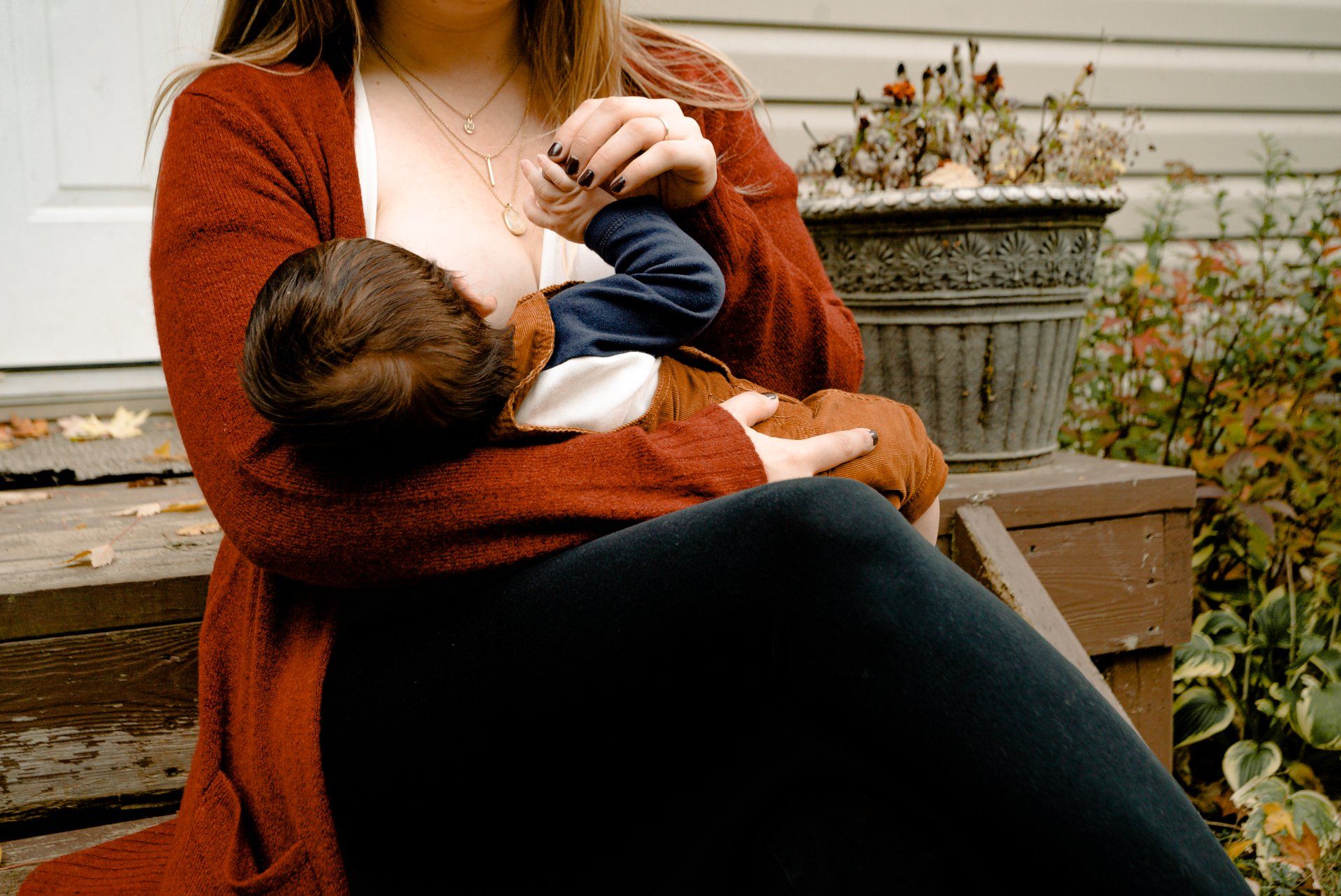
Breastfeeding from 3 to 6 months A lot of breastfeeding information focuses on the early days of feeding. This knowledge is so important as getting started is often the hardest part but for families feeding beyond what we know of as the Fourth Trimester (the first 12 weeks) there is often less information and support. This article looks at the next phase of feeding – from three to six months.

Sometimes partner's of women planning on breastfeeding worry that they may feel left out or not useful once the baby comes. They also worry that all the work may be left to the mother. This does not need to be the case, there are plenty of opportunities for the non breastfeeding parent to engage in baby care and bonding with their baby while also supporting the breastfeeding parent.

This is not an easy subject to discuss, its probably not one that any first-time pregnant person wants to think about. Yet, so many women I meet tell me they are afraid due to stories they have heard from others. Firstly, it’s important to know that people are 10 times more likely to tell a negative story than a positive one. Its just human nature, so you will likely hear more negative birth stories than you do positive ones.
